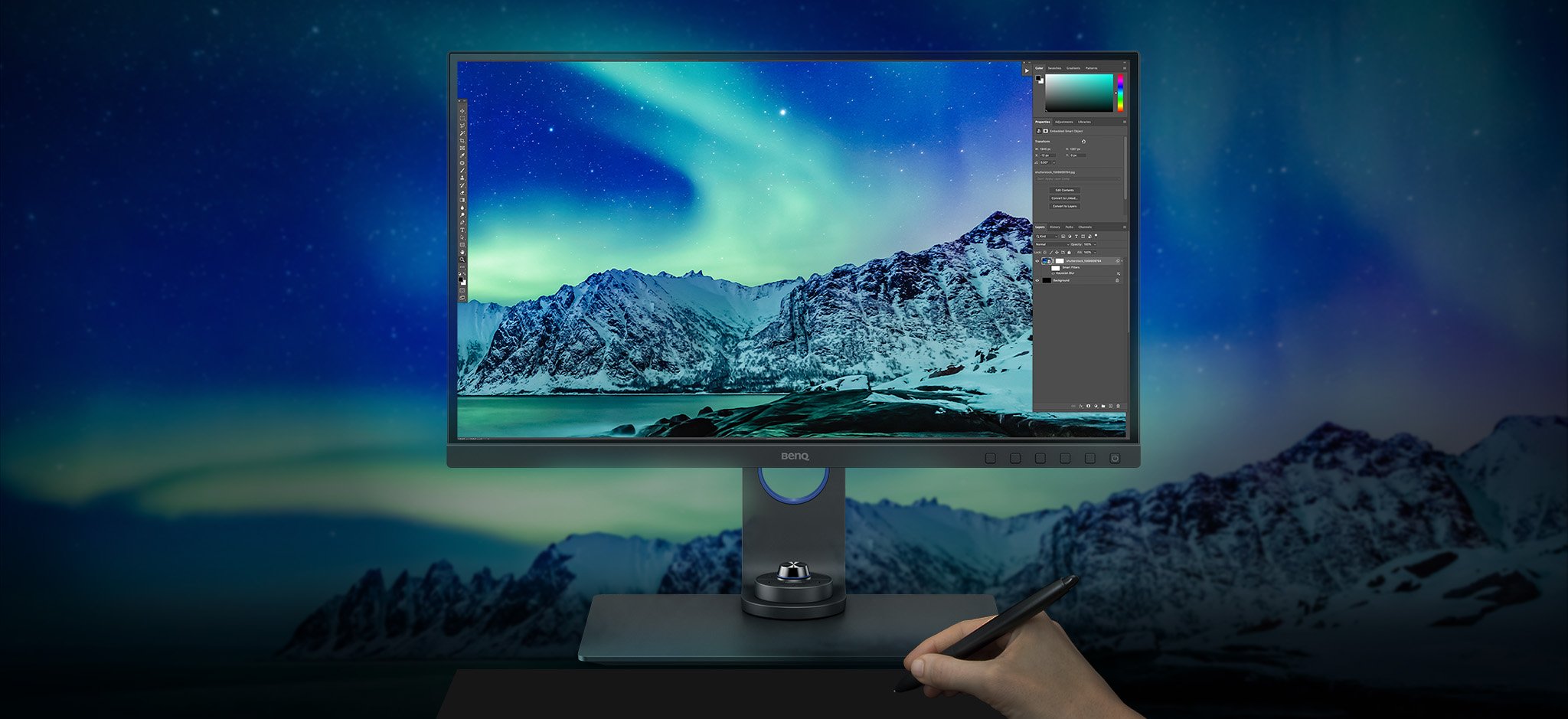Jack McEwan
Well-known member
I'm presently using an NEC MultiSync PA271w monitor with a Dell XPS 8930 desktop (with an NVIDIA RTX 2080 8 GB GDDR6 video card), and am considering upgrading to an Eizo CS2740 UHD monitor. I was wondering if the upgrade would significantly improve my viewing/editing experience. As I frequently use Photoshop 2024, scaling of the UI would have to be employed. I was planning to use the interface scaling available under Photoshop Preferences. Hopefully, that would be adequate to view Photoshop text and icons. I also use Capture One Pro and need to see if there are any interface problems with this software. I was wondering if anyone has used the Eizo CS2740 with Photoshop and how they liked this monitor and the UI? Is the visual experience worth the upgrade from a 2560 X 1440 monitor? Reviews of the Eizo indicate excellent color accuracy but I am no longer doing as much color printing as I did in previous years. My NEC monitor is working well and I'm wondering how significant the visual difference would be? Is the added sharpness beneficial in photoediting? Appreciate your opinions.


